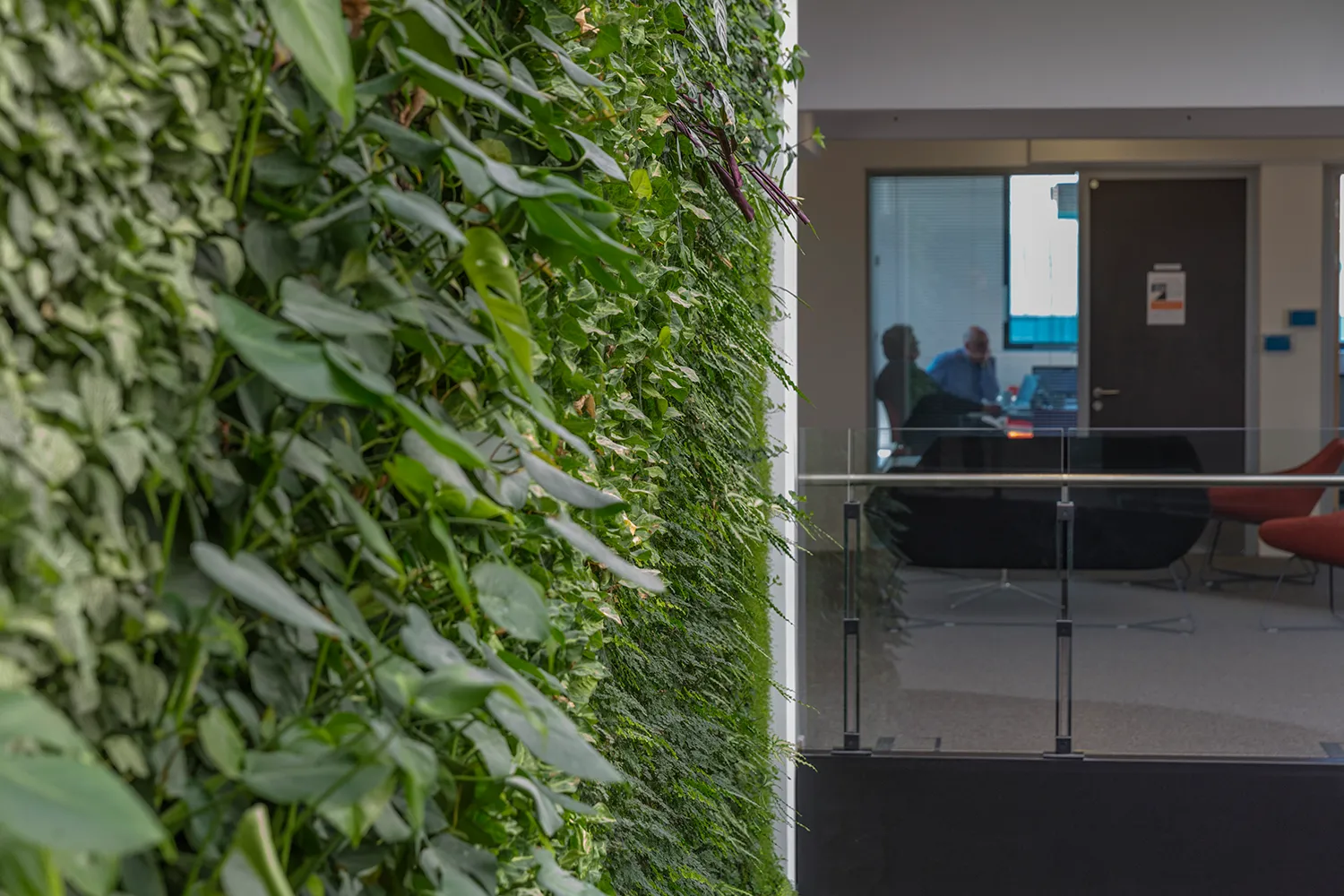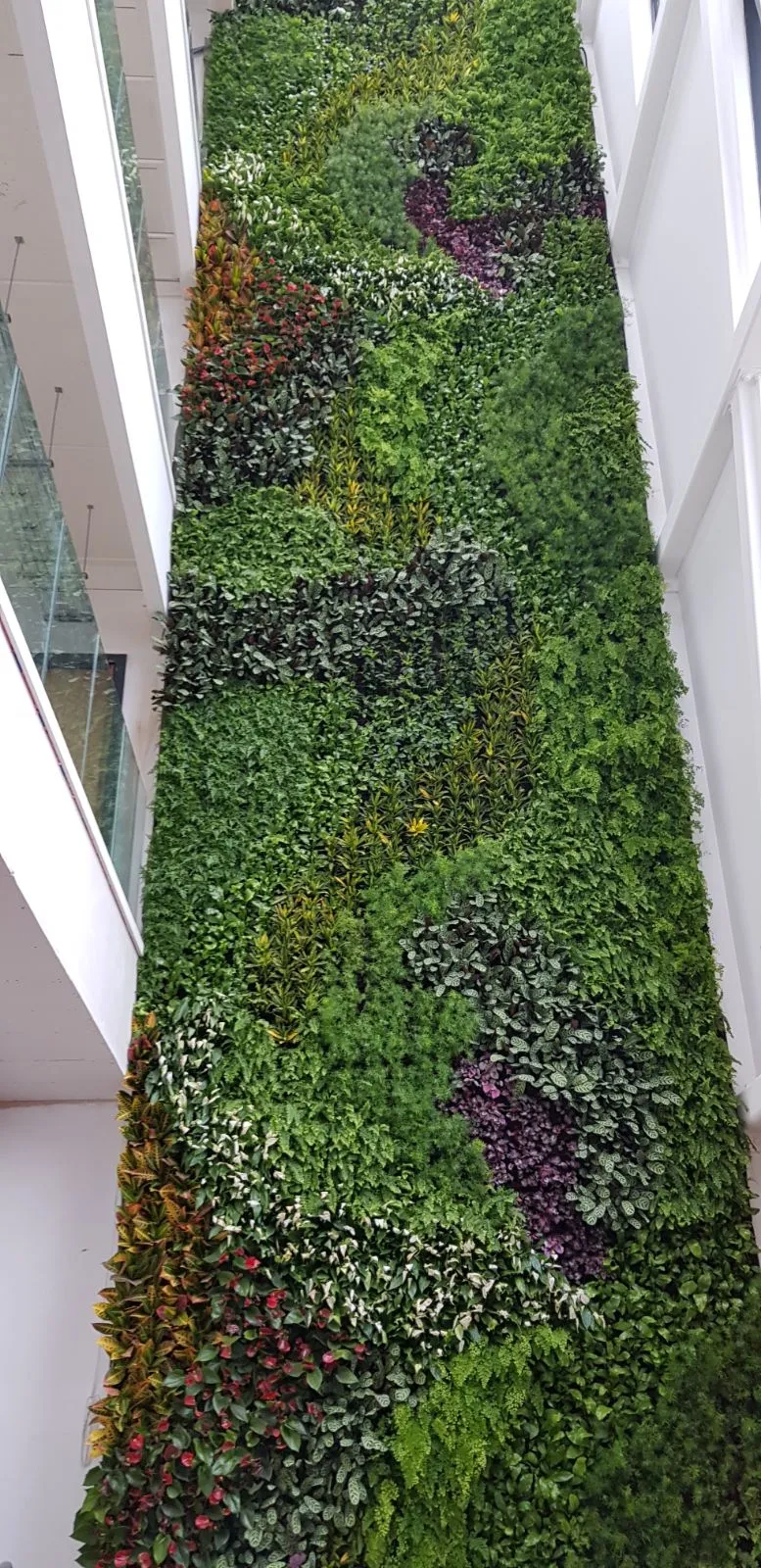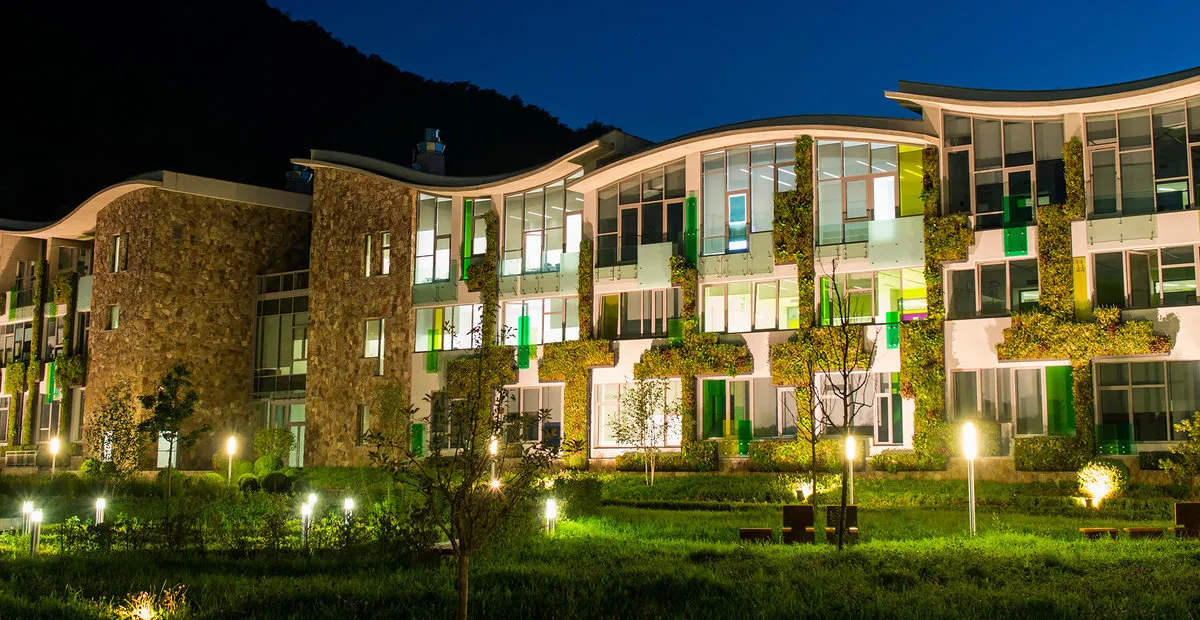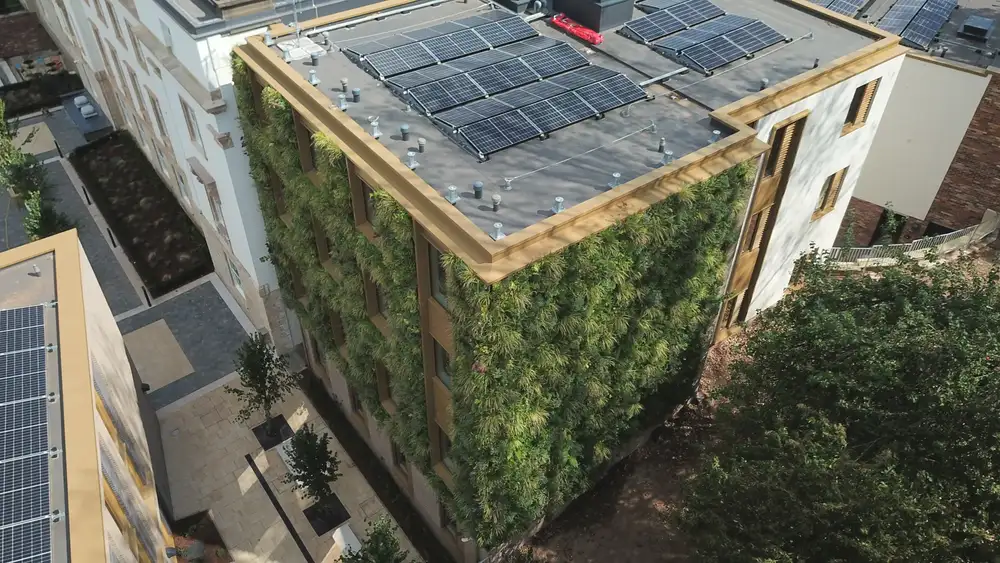David Attenborough Building
Living Wall installation at the Sir David Attenborough building, Cambridge University.
Living Wall installation at the Sir David Attenborough building, Cambridge University.


The original Arup Building at the University of Cambridge has recently seen a major refurbishment including the installation of an Viritopia living wall. Following its refurbishment, the building has been renamed the David Attenborough Building with the grand opening featuring Sir David Attenborough himself abseiling the 50ft wall. The building will now be used as the new global conservation hub.
The hub, which is aimed at finding solutions to some of the many challenges facing the natural world, is now the focal point for research and practice helping to transform the understanding and conservation of biodiversity. The driving force behind the campus’ creation is the Cambridge Conservation Initiative (CCI) – a collaboration founded in 2007 between Cambridge University and nine biodiversity conservation organisations.
Although the original 500-seat lecture hall, a proportion of the upstairs laboratories, and the museum have been retained, the refurbishment has included significant external and internal remodelling, a new entrance extension to the museum, the complete renewal of the external fabric, and the formation of a new four storey atrium. In addition, project architect, Nicholas Hare Architects LLP, was keen to include a feature that would have some relevance to the building’s users, which resulted in the design of the living wall.
David Lowe of Nicholas Hare Architects LLP, specifiers of the wall said, “The living wall, which stretches the three storeys of the central atrium, aims to be educational and functional as well as ornamental. The design was based on an abstracted world map with the plants used relating to species from the different regions.
Nicholas Hare was aided by the Green Infrastructure Consultancy (formerly the Green Roof Consultancy) in the design of the living wall as well as with Viritopia on both the design and installation elements.
David Lowe continued, “We approached both the Green Infrastructure Consultancy and Viritopia during early stages of the project as we wanted the feature to be ambitious as possible in terms of its scale and visual impact within the space and this has certainly been achieved thanks to this collaboration.”
The living wall also follows the sustainable approach to the building refurbishment. Rainwater is collected from the roof of the building and is used to keep the plants of the living wall watered by the incorporation of a collecting tank and irrigation pipework.
EOS Facades worked with AECOM structural engineers to form the 17 metre tall supporting structure for the living wall. The structure stretches three storeys of the internal atrium and now provides support for the plants and mosses. Bespoke oversail bracketry and lattices were also installed vertically up the 17-metre height to assist growth. Future maintenance of the living wall is carried out via abseil rails incorporated in to the new rooflight feature at the top of the newly formed atrium.


Viritopia used a ranging plant palette to create a living wall that is not only beautiful, but helps to regulate temperatures and aid air purification.
Universities & schools
Modular

1500m² of planted living green walls in various shapes and sizes, all over the college campus.
Universities & schools
Modular

The headteacher was forced to reduce the children’s playtimes due to the very poor air quality having a noticeable effect on his student’s health at St Mary's.
Universities & schools
Modular

St Mary's in Bristol boasts a 250m² soil-based living wall, providing ecological habitats & urban greenery. It's a natural, aesthetic addition to the area.
Universities & schools
Modular
Partner with the team behind the world’s largest and most awarded living walls. From concept to ongoing care, we deliver green infrastructure built to perform and designed to last.

